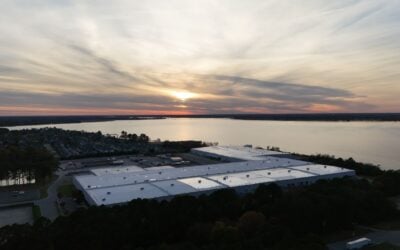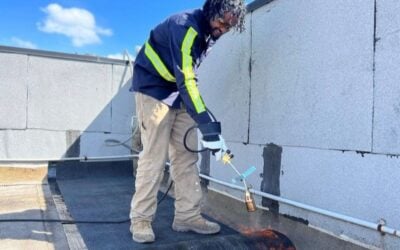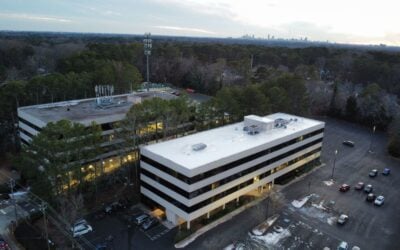As a commercial property owner, regular roof inspections are essential for maintaining the integrity of your building and ensuring the safety of its occupants. A comprehensive commercial roof inspection involves a thorough assessment of the roof’s condition, identifying any issues that may require repairs or maintenance. In this guide, we’ll take a closer look at how a commercial roof inspection works and why it’s crucial for your property.

- Preparation
Before the inspection, the roofing contractor will gather information about the roof, such as its age, materials, and maintenance history. They will also review any previous inspection reports and note any specific areas of concern. This information helps the contractor assess the roof’s condition more effectively during the inspection.
- Exterior Inspection
The inspection typically begins with an exterior assessment of the roof. The contractor will visually inspect the roof’s surface, looking for signs of damage, such as missing or damaged shingles, cracks, or leaks. They will also check the condition of the roof’s flashings, gutters, and drainage systems to ensure they are functioning correctly.
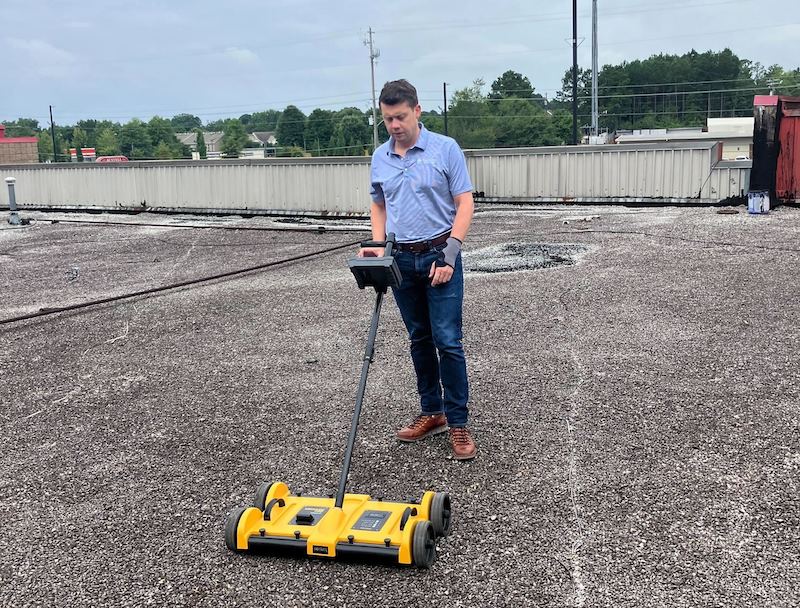
- Interior Inspection
Next, the contractor will conduct an interior inspection of the building to check for signs of water damage, such as water stains on the ceiling or walls, mold growth, or musty odors. These signs indicate a potential roof leak that needs to be addressed.
- Roofing Materials Assessment
During the inspection, the contractor will assess the condition of the roofing materials, such as shingles or membrane. They will look for signs of wear and tear, damage, or deterioration, and note any areas that may require repairs or replacement.
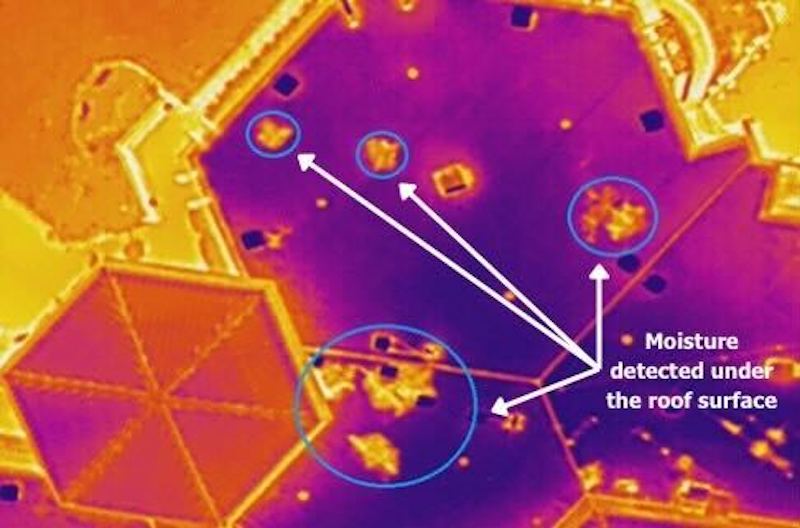
- Structural Inspection
The contractor will also inspect the roof’s structural components, such as trusses, rafters, and decking, to ensure they are in good condition and able to support the roof’s weight. Any signs of sagging or structural damage indicate a need for immediate attention.
- Leak Detection
One of the primary goals of a roof inspection is to detect any leaks or potential leak points. The contractor will use various methods, such as thermal imaging, moisture meters, and visual inspections, to identify areas where water may be entering the building.
- Report and Recommendations
After completing the inspection, the contractor will provide you with a detailed report outlining their findings and recommendations. This report will include information about the roof’s condition, any issues that were identified, and recommended repairs or maintenance measures.

- Maintenance Plan
Based on the inspection findings, the contractor will work with you to develop a maintenance plan tailored to your roof’s specific needs. This plan may include regular inspections, repairs, and maintenance tasks to ensure your roof remains in optimal condition.
In conclusion, a commercial roof inspection is a critical part of maintaining your property’s roof and protecting your investment. By conducting regular inspections and addressing any issues promptly, you can extend the life of your roof and avoid costly repairs down the road.


